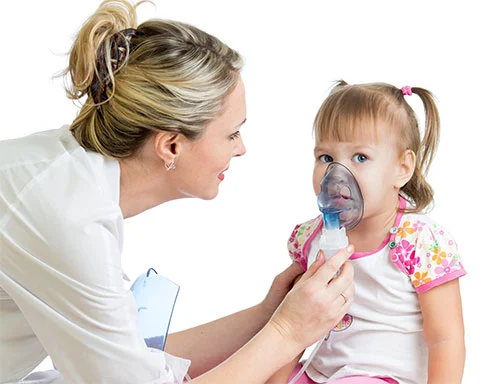Pediatric Coding Alert
Mythbusters:
Bust These Myths, End Epistaxis Treatment Coding Errors
Published on Thu Nov 10, 2022

You’ve reached your limit of free articles. Already a subscriber? Log in.
Not a subscriber? Subscribe today to continue reading this article. Plus, you’ll get:
- Simple explanations of current healthcare regulations and payer programs
- Real-world reporting scenarios solved by our expert coders
- Industry news, such as MAC and RAC activities, the OIG Work Plan, and CERT reports
- Instant access to every article ever published in Revenue Cycle Insider
- 6 annual AAPC-approved CEUs
- The latest updates for CPT®, ICD-10-CM, HCPCS Level II, NCCI edits, modifiers, compliance, technology, practice management, and more
Related Articles
Other Articles in this issue of
Pediatric Coding Alert
- Practice Management:
Maximize All Services Rendered, Increase Your Bottom Line (Part 2)
Look for comprehensive payment information for each service. Last month we looked at two ways [...] - Mythbusters:
Bust These Myths, End Epistaxis Treatment Coding Errors
Learn which modifiers to append and when to append them. Children are widely known to [...] - E/M Coding:
Take These Hints for Accurate MDM Data Counting
Identify situations when it’s best to not count data If you’re like many coders and [...] - You Be the Coder:
Try Your Hand at This Z Code Encounter
Question: Our pediatrician saw a 4-year-old whose mother said had been acting like he doesn’t [...] - Reader Question:
Count on the Descriptors to Consider Chronic Conditions
Question: We are just starting to bill for chronic care management time. Is a developmental delay [...] - Reader Questions:
Understand the Problem in This New Patient E/M Encounter
Question: When a new patient is scheduled for an initial physical exam and the pediatrician also [...] - Reader Questions:
Take Time to Evaluate This E/M Encounter
Question: My pediatrician spent 42 minutes with a patient who presented with a slight fever, sore [...]
View All




